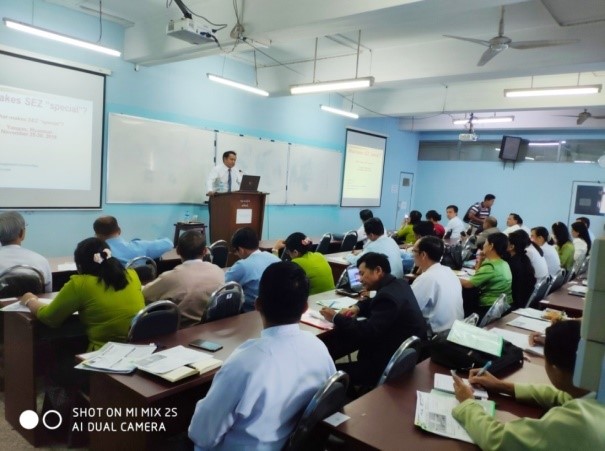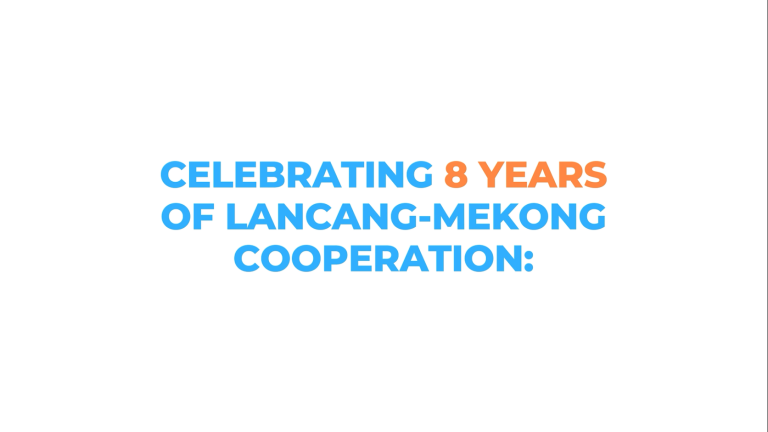A Mekong Institute-commissioned STUDY ON THE CHALLENGES AND PROSPECTS OF SEZS AND CBEZS established that its success in the region is dependent on various infrastructural and policy mechanisms, hence reaping its benefits likewise takes time. The study, conducted as part of MI’s three-year project, Joint Development of Cross-Border Economic Zones with the Ministry of Commerce, Thailand and funded by the Lancang-Mekong Cooperation Special Fund, also revealed the need for capacity building on a host of issues including import-export procedures, investment promotion, establishing management committees, developing framework agreements, and trade negotiations with bilateral partners.
SEZ is a very new concept for Myanmar,” shares Dr. Htein Lynn of the Myanmar Trade Promotion Organization, Ministry of Commerce, Myanmar, and one of the participants of the MI training course on the management of special economic zones practices in September 2018. “There are currently three SEZs in Myanmar but it is important for us to know the concepts, policies and practices of other countries when it comes to their own SEZs”, he adds.
When we attended the training at MI, we felt that we are responsible for sharing the knowledge we learned so we decided to hold a national workshop in Yangon on the management practices of SEZs in Myanmar, he additionally explains.
I think it’s the first workshop held inviting the public and private sectors so it was very interesting for the participants to learn the idea of SEZs and CBEZs. We used the modules and lessons learned from the MI training we attended.

Dr. Htein Lynn adds: “One of the lectures I delivered at the workshop that I especially learned from the training at MI was the concept of cross-border economic cooperation zone. In Myanmar, we have industrial parks and SEZs but we are also now working towards the implementation of cross-border economic cooperation zone, and it’s important to clarify to the government officers and the businesses how each differ from the other, and more importantly, what policy should be directed for industrial parks, SEZs or CBEZs.






